
Farmers today thoroughly apply technical advances in production, using high-quality rice varieties that meet export standards when sowing.
Not yet promoted strengths
The Mekong Delta annually produces 55% of food output, supplying more than 90% of exported rice. Therefore, rice in the Mekong Delta has become a very advantageous industry. According to Dr. Doan Manh Tuong, Mekong Delta Rice Institute, the whole country in general, and the Mekong Delta in particular, is known as the place that produces and exports the largest amount of rice annually in the world. In 2024, about 9 million tons of rice will be exported, bringing in about 5.7 billion USD, an increase of 11% in volume and 24% in value compared to 2023. Although in recent years, the agricultural sector has made significant changes in rice branding, there are still some limitations such as the lack of strong brands that make it difficult for consumers to recognize. Compared to Thailand and India, Vietnam's rice brand has not made an impression on the international market nor is there a clear difference in quality. The quality of Vietnamese rice is uneven and unstable during the production and supply process to the market, due to the lack of strict control over the production, processing and preservation processes. The small-scale production of raw materials and the lack of linkage in production… create a fragmented production situation, increasing costs. The lack of attention paid to tracing the origin of input products also greatly affects the building of a Vietnamese rice brand.
In addition, the organization of production and consumption linkages in recent years has encountered many challenges and difficulties, not only failing to promote the region's outstanding strengths, but also causing damage not only to farmers but also to businesses. In order to promote the strengths of the entire region, in recent times, there have been many conferences and seminars discussing the issue of linkages in production between farmers and farmers, between businesses and producers as well as the role of the State in linkages. The work of production and consumption linkages has initially formed certain directions. The most obvious manifestation is the construction of large-scale model fields in the Mekong Delta region. Large-scale model fields have entered the second phase based on the scale of linkages to become large fields and shape a stable production material area for many years, moving towards the third phase of building a Vietnamese rice brand.
Linking production, processing and consumption units, as well as building brands for exported rice products, is still difficult and not substantial, promoting management capacity, research and forecasting the international market is still weak and is a major limitation in linking production and consumption of rice in the Mekong Delta. Trade promotion has not received due investment attention. The lack of basic economic information and price information makes it difficult for rice production and trading units to understand the business environment, even increasing the cost of understanding and entering the market, causing damage to producers and traders. Linking information exchange and product consumption markets will be the best solution to help producers have more information about prices, production orientation and choices in production and trading. To sustainably "link production and consumption of rice in the Mekong Delta", the important thing in building a market connection for rice products for producers is to first pay attention to the connection of information exchange as well as the consumption market. This must be considered an important solution to build other connections in rice production and consumption in the direction of improving quality, reducing emissions, and adapting to climate change.
Opening a new direction from the 1 million hectare project
According to Dr. Doan Manh Tuong, the 1 million hectare high-quality, low-emission rice project in the Mekong Delta not only aims to solve challenges in rice production, improve farmers' lives, and protect the environment, but also aims to build a production and consumption chain to help strengthen the link between farmers, businesses and cooperatives to ensure stable output, through the construction of raw material areas that meet quality standards, thereby increasing the export value of rice.
The project of 1 million hectares of high-quality, low-emission rice in the Mekong Delta is a solution for the agricultural sector to enter the stage of building a strong rice brand. Choosing "Low emissions, climate change adaptation, green growth, sustainable development" as a characteristic and a unique direction in rice production and creating a brand for Vietnamese rice products is a suitable solution to meet the increasingly strict requirements of the market. Currently, there is participation of enterprises and organizations in building a brand for Vietnamese rice. The Vietnam Rice Industry Association has taken the lead in building a brand and promulgating regulations on using the "low-emission green Vietnamese rice" brand to guide and certify rice products originating from the rice production areas of the Project "Sustainable development of 1 million hectares of high-quality, low-emission rice specialized in association with green growth in the Mekong Delta by 2030".
In the current period, the Mekong Delta is focusing on investing in production, expanding markets, modernizing agriculture and rural areas when resources are still limited, so promoting the potential strengths of the region in developing agricultural production is extremely necessary. The project "Sustainable development of one million hectares of high-quality and low-emission rice cultivation associated with green growth in the Mekong Delta by 2030" needs to focus on promoting advantages and effectively exploiting potentials, in which rice is one of the three key products that need attention, thereby creating favorable conditions to promote strength and build the Mekong Delta into a fast-growing and sustainable economic region. The application of technical advances in rice production and consumption must be considered an inevitable trend, a prerequisite solution to help the rice industry of the Mekong Delta increase value, adapt to climate change, reduce emissions, green growth, and sustainable development. To achieve high efficiency, there needs to be close coordination between farmers, businesses, scientists and the efforts of local authorities and managers. At the same time, there needs to be policies to support finance, training and transfer of technical advances, building brands, and developing consumer markets to promote sustainable development of the rice industry.
Mr. Tran Trung Kien, Director of Phuoc Loc Agricultural Cooperative, Truong Long A Commune, Chau Thanh A District, said that over the past time, the Cooperative has continuously improved its production process, applied science and technology, and created close links between members of the Cooperative to increase product value. The Cooperative always strengthens its links with farmers, businesses, and scientific and technical organizations to build a rice value chain. Applying technical advances such as smart farming, using high-quality rice varieties, and reducing the use of chemical fertilizers to reduce greenhouse gas emissions. This not only helps improve product quality, ensure food safety, and protect the environment. In particular, farmers in the Cooperative's low-emission rice production model use fertilizer according to the needs of rice plants, using organic fertilizers to help loosen the soil, increase the ability to retain water and nutrients, thereby helping rice plants grow well, have fewer pests and diseases, and improve productivity and quality. Farming according to the model gives a profit about 4 million VND/ha higher than traditional farming.
Mr. Bành Được Tín, Deputy Director of the Center for Agricultural Extension and Agricultural Services of Hau Giang province, said: In recent times, the unit has always promoted the transfer of science and technology, and promoted people to participate in agricultural extension models, agricultural programs and projects. Guide farmers, cooperatives, and cooperative groups to participate in implementing agricultural extension projects and models in raw material areas. Develop a plan to implement a model of linking high-quality, safe organic rice production, build demonstration models according to VietGAP and GlobalGAP standards, coordinate training on science and technology transfer and promote and mobilize people to participate in production to ensure environmental hygiene to improve production efficiency and increase profits for farmers.
According to scientists, the outstanding success of the Mekong Delta is the creation of extremely early rice varieties with short growing periods, avoiding floods, resistant to drought, pests, and salinity. Thanks to the development of science and technology, in recent years many new technical advances have been introduced and applied in cultivation, harvesting, preservation and processing, which have significantly reduced post-harvest losses. Along with that, the rapid and sustainable increase in the production area of winter-spring and summer-autumn rice with extremely early rice varieties is an important factor to increase the productivity and output of rice in the whole region in particular and the whole country in general...
HOAI THU
Source: https://baohaugiang.com.vn/kinh-te/xay-dung-chuoi-lien-ket-de-nang-cao-gia-tri-lua-gao-142572.html


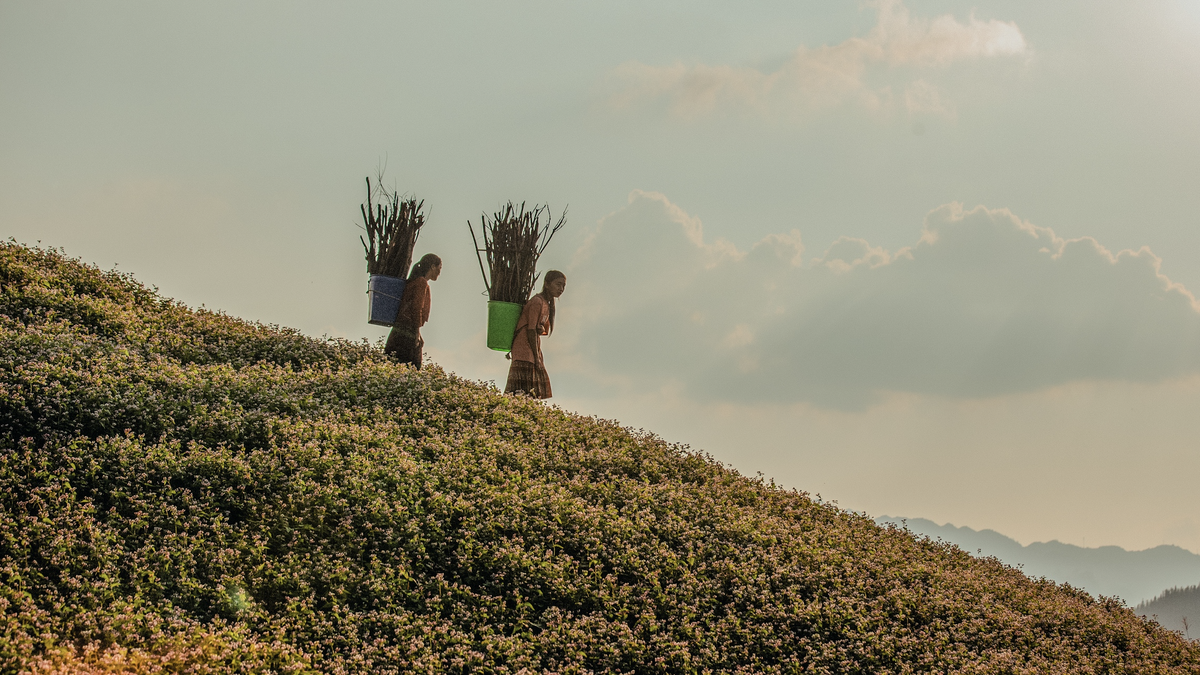
![[Photo] General Secretary To Lam and National Assembly Chairman Tran Thanh Man attend the 80th Anniversary of the Traditional Day of the Vietnamese Inspection Sector](https://vphoto.vietnam.vn/thumb/1200x675/vietnam/resource/IMAGE/2025/11/17/1763356362984_a2-bnd-7940-3561-jpg.webp)




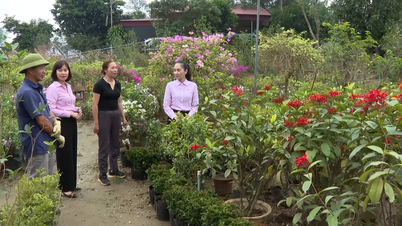

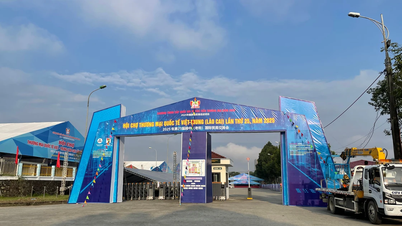
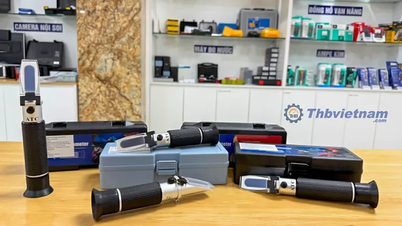

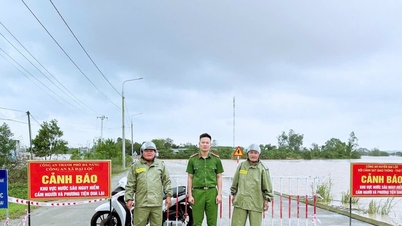



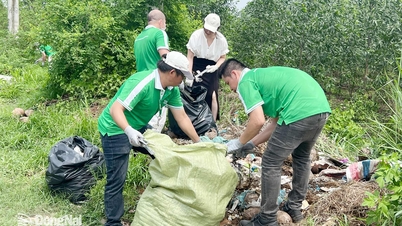





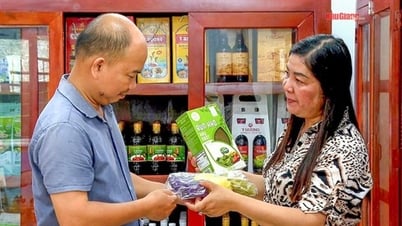
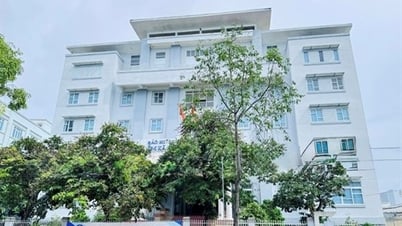

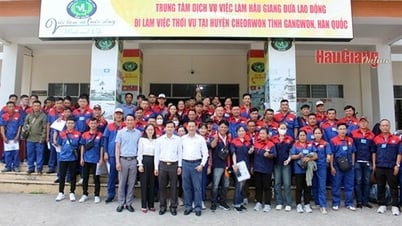
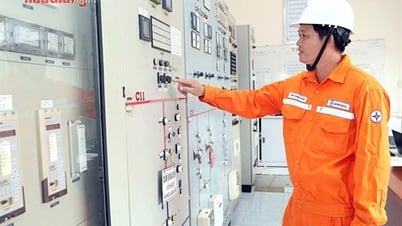
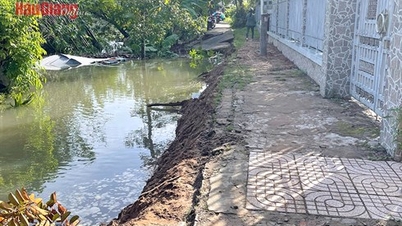

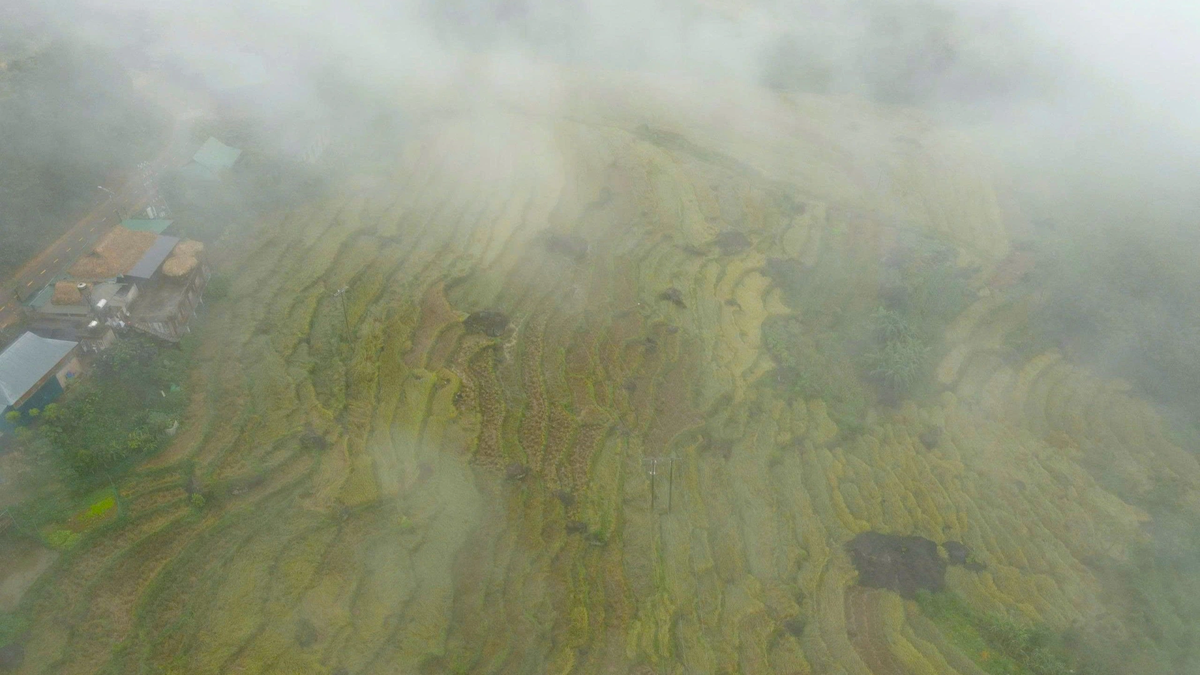
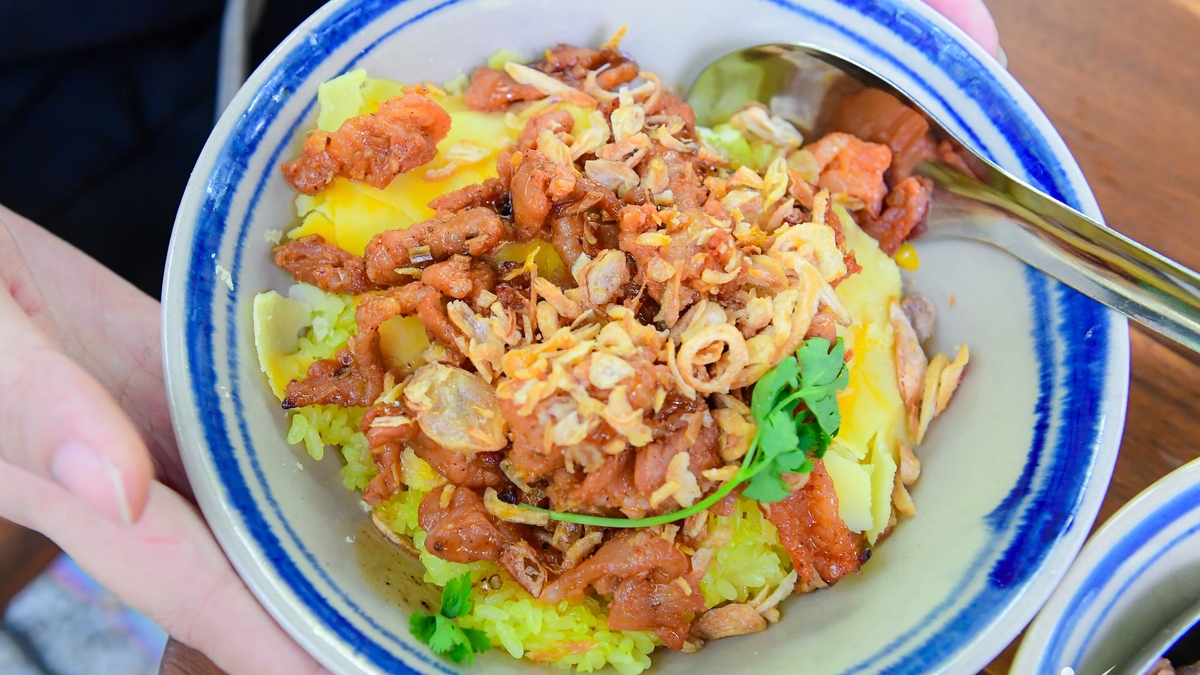
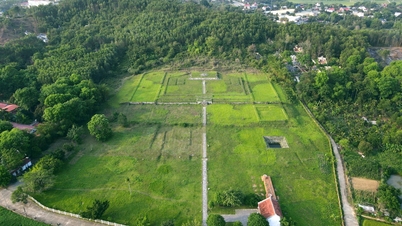



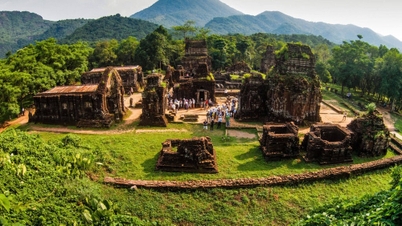



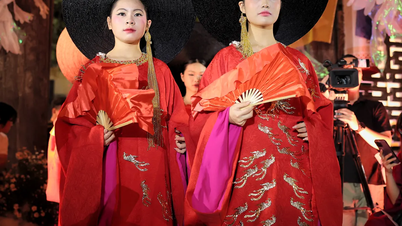

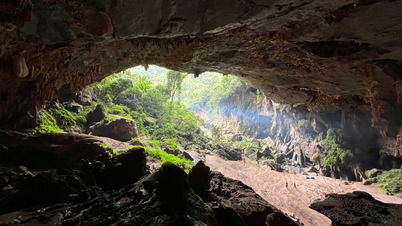

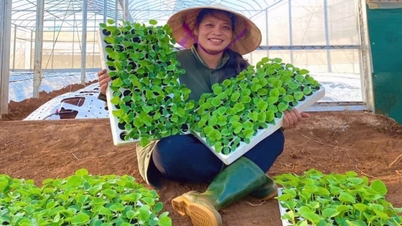

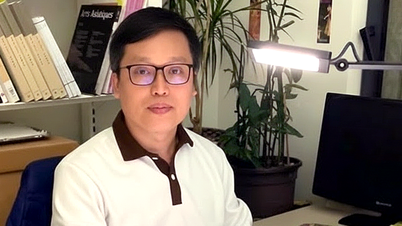



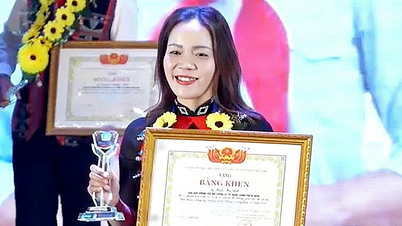





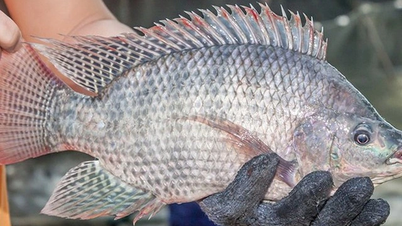




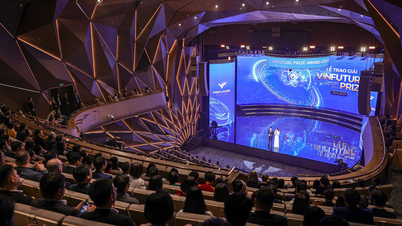




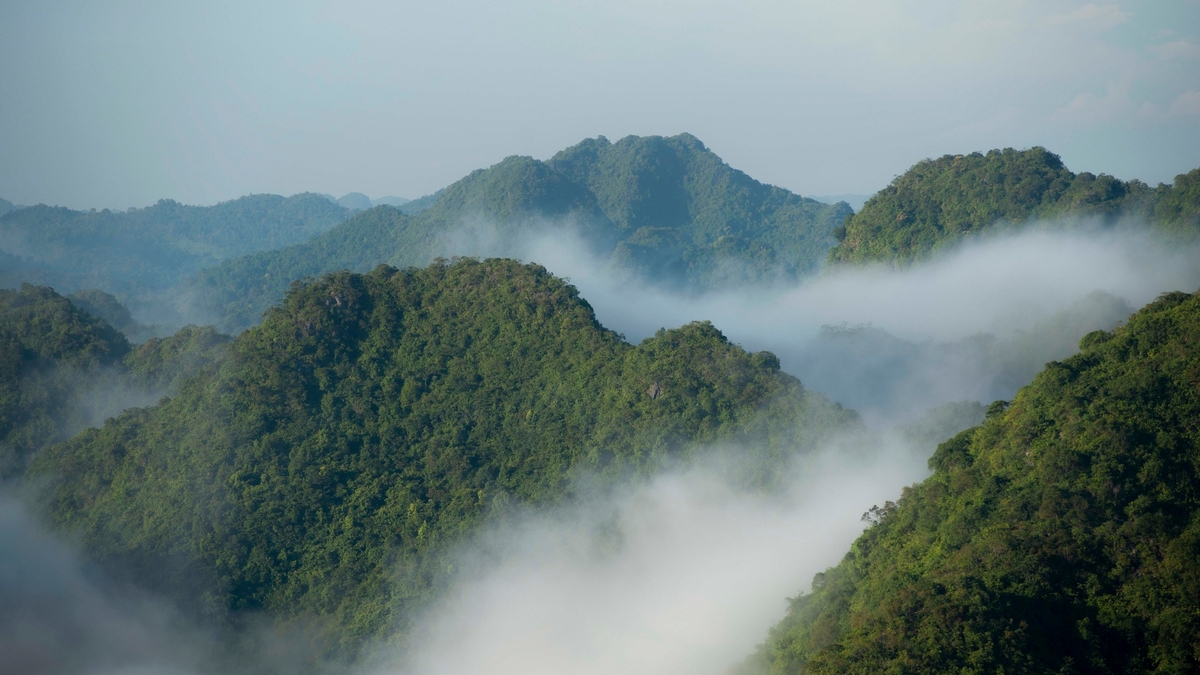
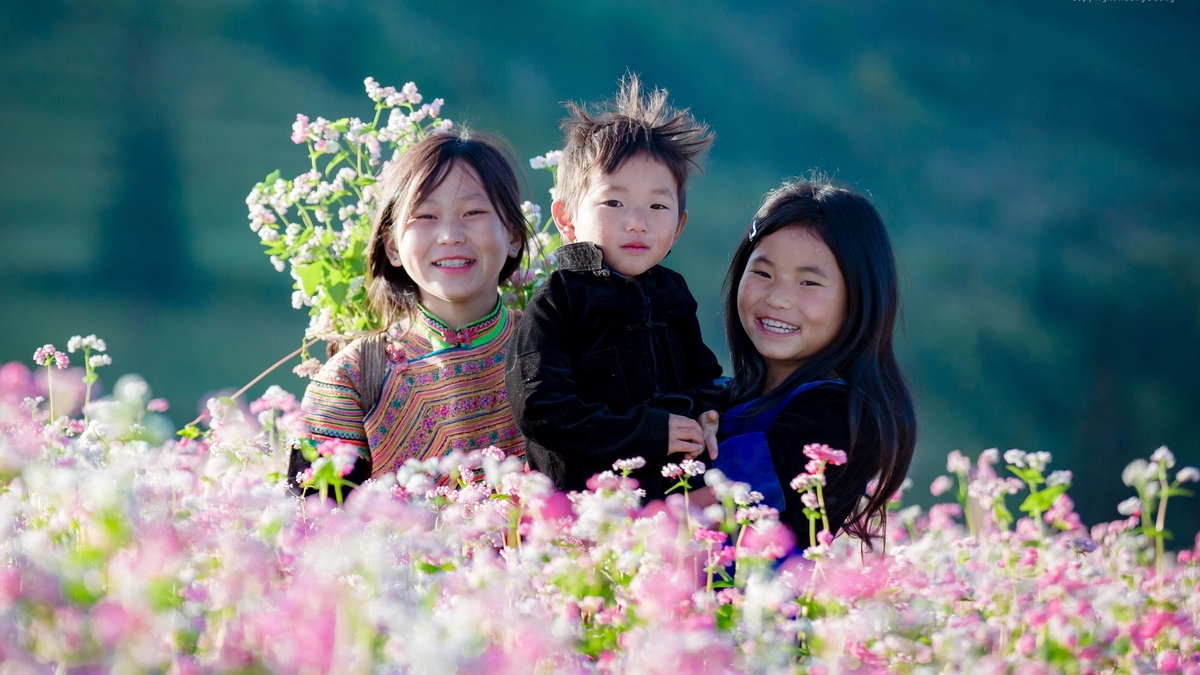
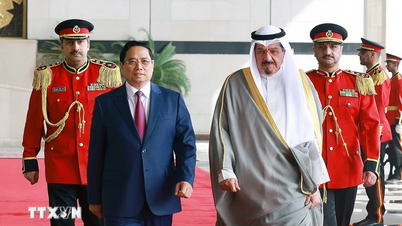
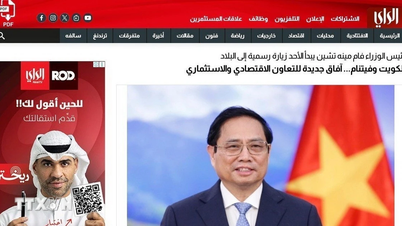






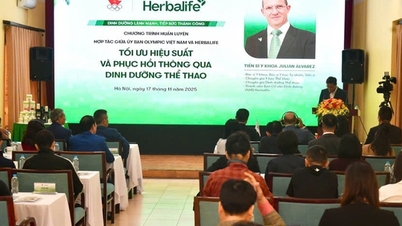

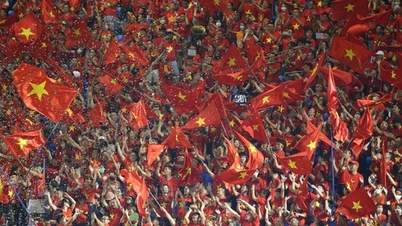
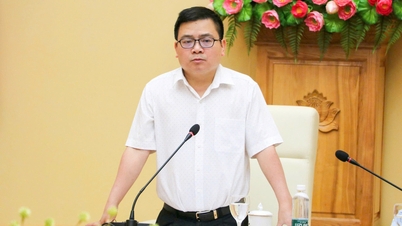



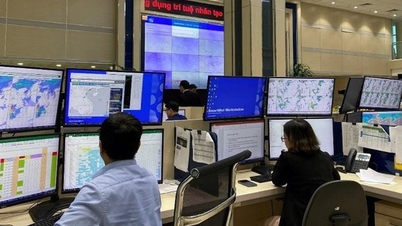

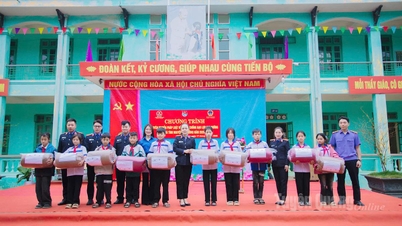

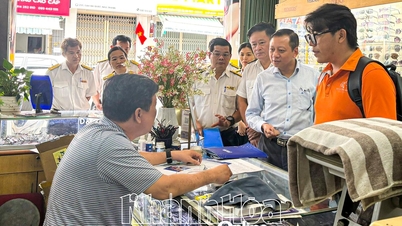

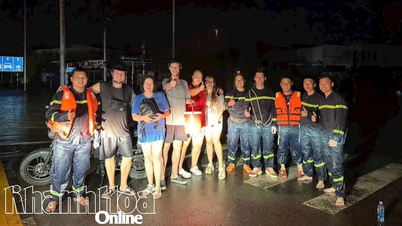

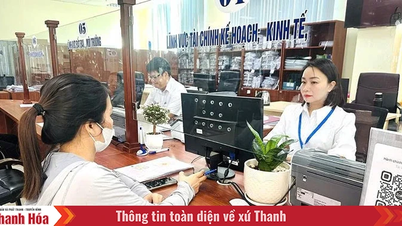
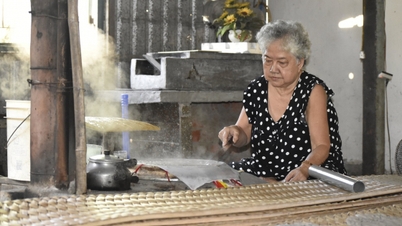












Comment (0)